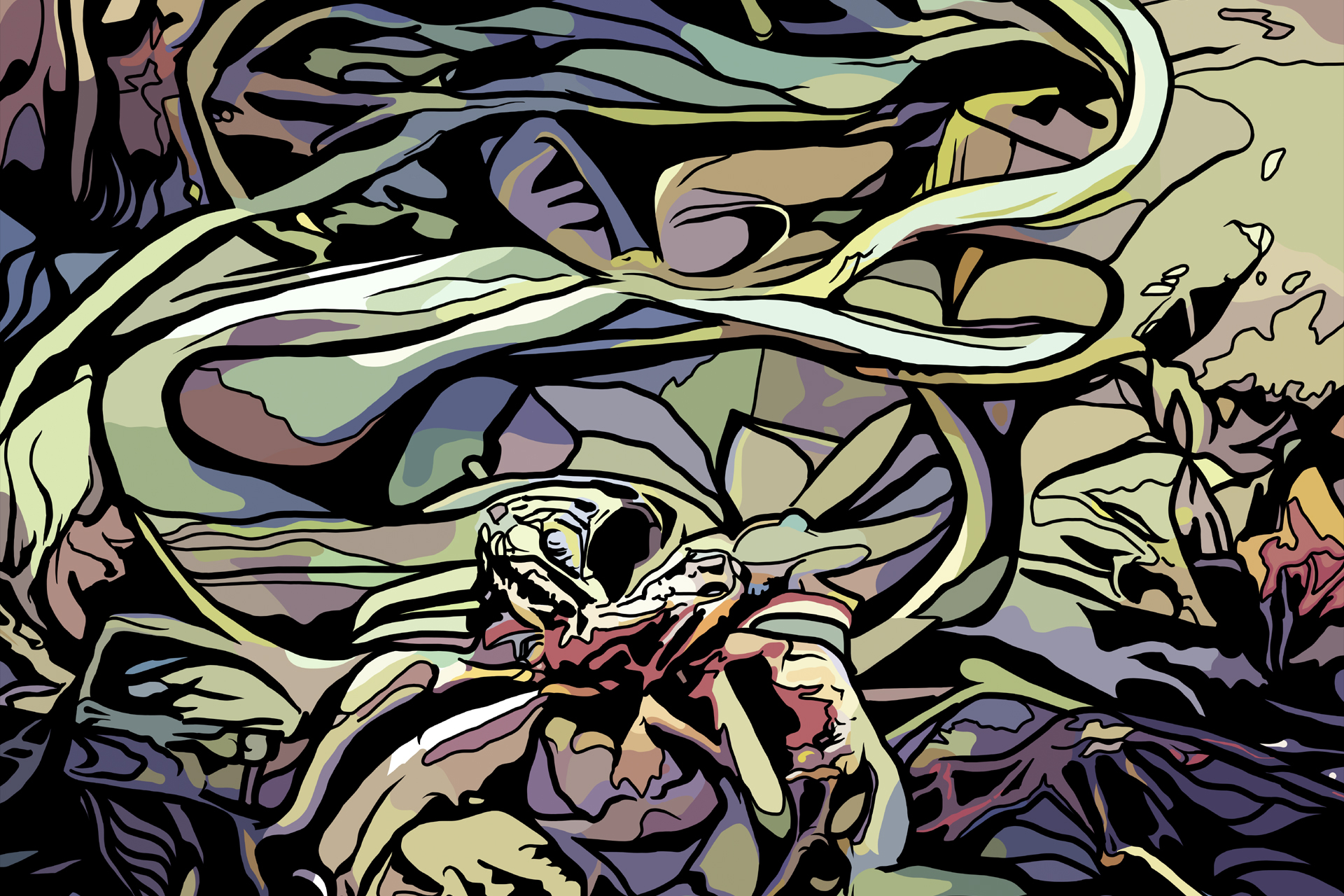As artists, it is important to understand the ways in which our subconscious minds influence our work. The subconscious mind is a powerful force that can inspire new ideas, solve problems, and provide insights into the human condition. By understanding and harnessing the power of the subconscious mind, we can create more powerful and meaningful artistic works.
The role of the subconscious mind in imagination
The subconscious mind is a powerful tool for the imagination, and it can be especially useful for creative problem solving. It works in the background, constantly processing information and making connections between seemingly unrelated ideas. This means that it can provide inspiration for new ideas and solutions even when the conscious mind is focused on something else.
The subconscious mind is also responsible for storing memories, including past experiences, skills, and knowledge. These memories can serve as a source of inspiration for new ideas and can help to inform the creative process.
In addition to its role in the creative process, the subconscious mind also plays a key role in the way that we perceive and interpret the world around us. It is responsible for filtering and organizing the vast amount of information that we take in on a daily basis, and it helps to shape our beliefs, attitudes, and behaviors.
Examples of the influence of the subconscious mind on artistic works
The subconscious mind has had a profound influence on many famous works of art, literature, and music. In the art world, the surrealist movement, which emerged in the early 20th century, was heavily influenced by the concept of accessing the subconscious mind in order to create more dreamlike and unpredictable works. Surrealist artists, such as Salvador Dali and Rene Magritte, often used techniques such as automatic drawing, where they allowed their hands to move freely without conscious control, in order to tap into the subconscious mind and create more spontaneous and surreal artwork.
In literature, the stream of consciousness technique, which involves writing down the thoughts and feelings of a character as they occur, is often used to explore the inner workings of the subconscious mind. This technique allows the reader to get a glimpse into the character’s thoughts and emotions in a more raw and unedited way, and can help to reveal their unconscious desires, fears, and motivations.
In music, some composers have reported having melodies or chord progressions come to them in dreams, which they were then able to incorporate into their compositions. Dreams can be a powerful source of inspiration for music, as they allow the subconscious mind to roam freely and make connections between different musical ideas and experiences. Some musicians have even reported having entire compositions come to them in dreams, which they were able to write down and use as the basis for a musical piece.
Improvisation is another way the subconscious is utilized by musicians. Musical improvisation involves creating music in the moment, without the use of a preconceived plan or score, and requires a high level of creativity, as well as the ability to think and respond quickly. The subconscious mind plays an important role in musical improvisation, as it is responsible for filtering and organizing the vast amount of musical knowledge and experience that a musician has accumulated.
Conclusion
Overall, the influence of the subconscious mind on art, literature, and music is undeniable. Whether it is through the use of techniques such as automatic drawing or stream of consciousness, or through the use of dreams and other unconscious sources of inspiration, the subconscious mind has the ability to shape and inform creative works in a profound and powerful way.

